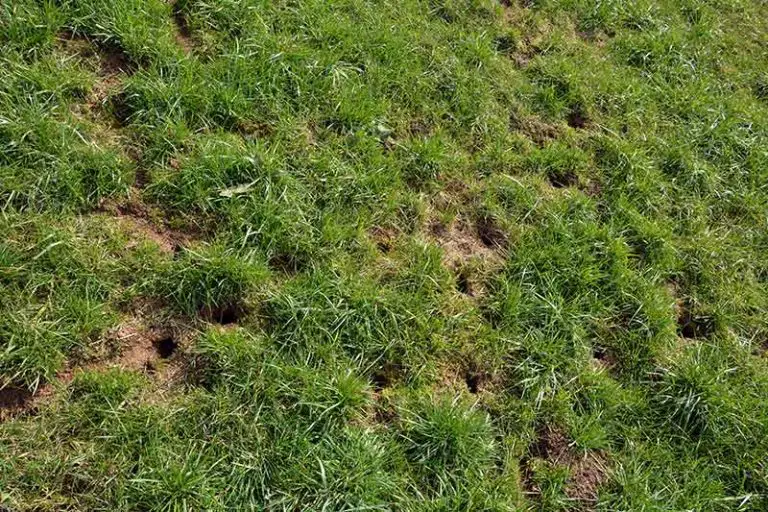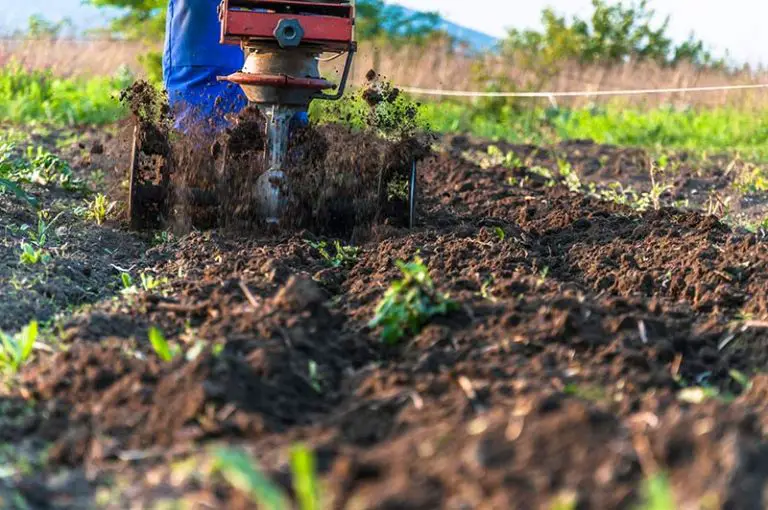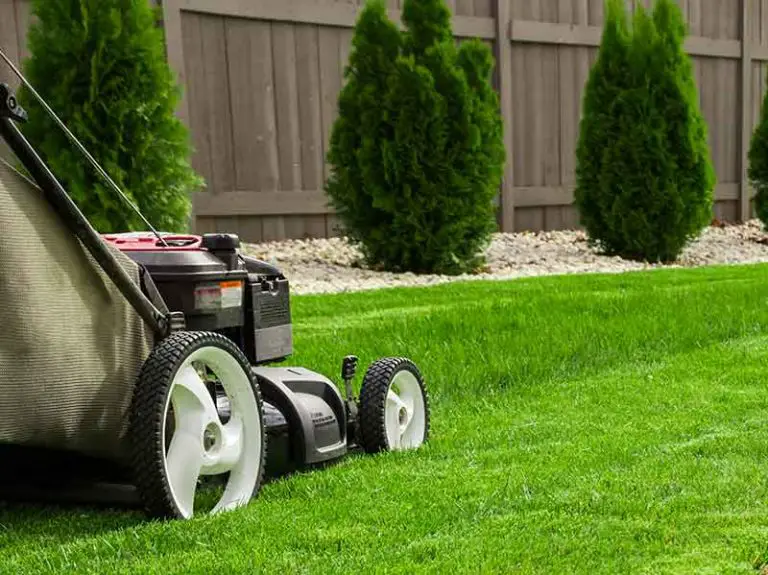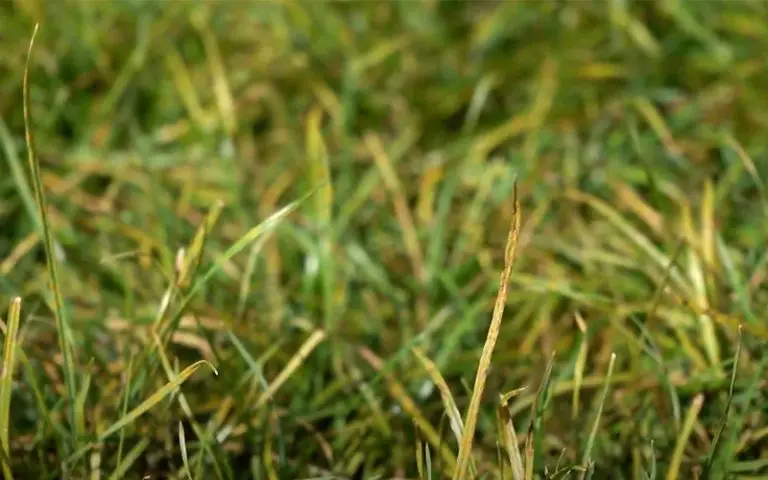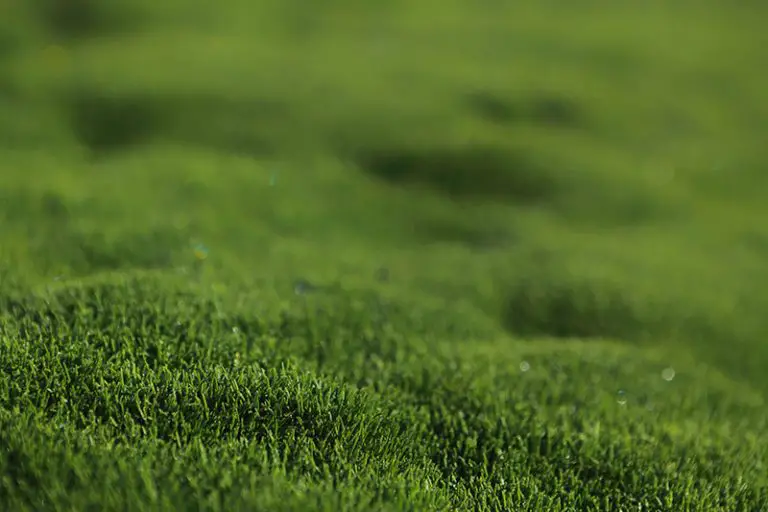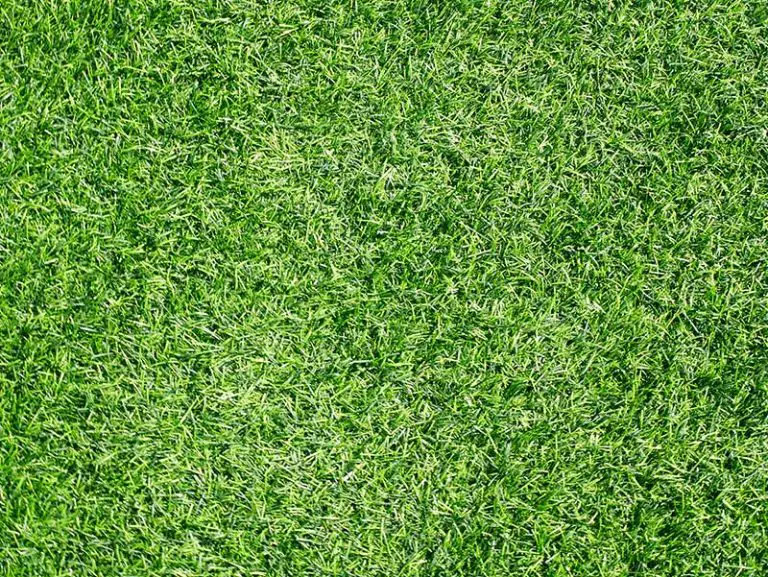Peat Moss on Lawn
Some people choose to only use organic substances on their lawns to promote natural and healthy growth. One such substance that is often recommended is that of peat moss. Whilst some sources claim that it is a helpful addition to your lawn, others claim that its negatives outweigh any potential benefits.
When choosing to use peat moss on your lawn, you must consider both the benefits and disadvantages to its use. The use of peat moss should depend entirely on your lawn’s circumstances and the situation which you are using it for. Whilst it can be helpful, it can also be incredibly damaging to your lawn and should only be used if necessary.
What is Peat Moss?
Peat moss is a dead material which is fibrous and porus, which is made up of dead moss which has been decomposed in a peat bog. It’s formed in a similar way that compost is, through decomposed matter, but its main difference is that peat moss is made up mostly of dead moss, rather than old vegetables, fruits or grass clippings.
Peat moss is a reasonably hard material to find due to its scarcity. It’s considered a nonrenewable resource due to the length of time it takes to be created. It often takes over a millenia to become peat moss, and as a result, the mining and removal of peat moss is often heavily criticized due to the carbon emission that the bogs and mines produce even long after mining ceases.
Peat moss is mined mostly from bogs in Canada, where it is closely regulated. As it stands, less than 0.02% of bogs are available for mining to ensure that most resources are left unaffected by the industry, but the carbon emissions generated even from the bogs which are being mined is a hot topic for debate.
What is Peat Moss Used For?
Peat moss is used mostly in the gardening world for its various uses and its effectiveness. It is used mostly, however, in maintaining potted plants rather than on the lawn. It is oftentimes used as an additive to potting soil for acid-loving plants such as blueberries. This is due to its high acid content, which is perfect for adding to neutral or alkaline potting soil.
Due to its rich consistency of nutrients, peat moss is used frequently in potting soil solutions and feeders for young plants and seedlings to promote fast growth and strong roots. Some people choose to use peat moss on their lawn as the benefits it provides gardening plants may also be of use for lawn care.
Using Peat Moss on a Lawn
Peat moss has multiple uses when it comes to lawn care, and some people choose to use it in this way. Peat moss has many benefits due to its density and nutritional contents.
Moisture
One of peat moss’ main features is its ability to retain moisture. In fact, peat moss is so good at retaining moisture that it can hold up to 20x its weight in water. If using peat moss for its moisture retaining qualities, one must consider the soil which it is being laid over, as different types of soil can retain different amounts of water too. This could prove to be damaging or beneficial, depending on the context and reason for application. Clay soils retain a lot of water within them, whilst sandy soils typically fail to retain excess moisture which could benefit the grass.
Aeration
Aeration is a process which allows oxygen and other nutrients to penetrate below the surface of a lawn and reach the roots of the grass present. It can improve a lawn’s health dramatically, and protect it against threats such as fungus, weeds and other diseases. Peat moss helps to aerate a lawn, due to its structure and porus nature, allowing oxygen and other essential nutrients to reach the plant roots below.
Drainage
Peat moss can provide some improved drainage, or be placed atop of soil to allow soil to drain whilst preventing more rainwater from reaching it. Clay and sandy soil are particularly prone to drainage issues due to their composition, meaning that they need to be given additional time to drain.
Organic
Peat moss is made up from more than 95% of organic matter. Whilst that matter may be decomposed, it is still organic and breaks down into nutritional supplements for your lawn. By applying organic material on your lawn, it will eventually improve soil structure, including drainage, aeration and moisture retention. Whilst it is a process that may take time, it’s one of the several benefits which people seek to find when using peat moss on their lawns.
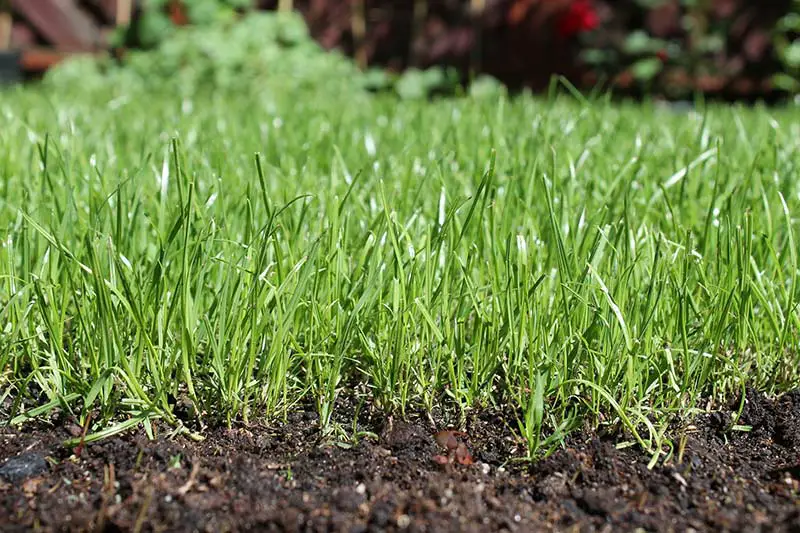
Is Peat Moss Good for Grass?
Whilst peat moss has its advantages, it also has many disadvantages. Generally speaking, the only way to determine whether peat moss is ideal for your lawn or not is to take into consideration the many factors that make up your lawn’s structure. This includes the topsoil, soil type, grass type and even the climate which you live in.
Most people who apply peat moss to their lawns do so for its moisture retention. This has many benefits, especially during times of drought or times in which the lawn will not see consistent watering.
Peat moss is also good for lawns or plants which need high levels of acidity to thrive. Whilst this may lead to a negative effect in many gardens, some lawns and plants require high acidity levels in their soil to grow and thrive.
Before applying peat moss, make sure you have checked your soil’s pH level to ensure that it won’t be too acidic.
How to Apply Peat Moss to Lawn
Peat moss should be applied before grass seed is planted. This is because it is laid atop of topsoil as an additive. 1-3 inches of peat moss should be added over the garden soil, before any grass seeds are planted. Once seeds are sown, it should also be sprinkled atop of them, albeit very thinly. Peat moss is particularly dangerous if applied in large quantities depending on your grass type and soil’s natural acidity. When working with peat moss, make sure to work it into a depth of approximately 6 inches deep. Peat moss should be used in moderation, both above and below the grass seeds that are to be planted. Applying thinly above grass seeds should protect them from birds, and also help encourage germination and future growth, if your grass requires highly acidic soil.
See our guide on using peat moss on an overseeded lawn for more information on this.
Disadvantages of Using Peat Moss on Lawn
Peat moss has its advantages, but many find that its disadvantages outweigh them. Peat moss can not only be extremely damaging to a lawn, but many find that the emissions created from its production are also problematic.
The main cause of concern when it comes to using peat moss on a lawn involves the acidity of it. Peat moss can sometimes prove to be 100x more acidic than the soil already present in your garden. This can easily cause problems for your lawn, as many grass types are unable to withstand such high levels of acidity. Some may find it beneficial if their lawns are alkaline and in need of an acidic boost, but they are in the minority of cases.
High levels of acidity in a lawn can be counterproductive, as it can also promote weed growth. Certain weeds, such as dandelions, thrive in soils which are highly acidic.
Using peat moss to cover seedlings can also prove to be a problem, as germination can be hindered by the increased acidity caused by the peat moss covering them.
Reducing Acidity Caused by Peat Moss
If peat moss has wreaked havoc on your lawn, there are ways to reduce the amount of acidity in your soil. Increasing and decreasing the pH levels of soil may be a slow-burning process, but it is entirely possible. It’s recommended that lime should be utilized when removing the effects of peat moss, over several different applications. Lime can be used to neutralize acidic lawns over time, and is an easy product to find.
To use lime effectively, one must understand the risks associated, such as applying too much lime, whether it is safe for animals, and what a lawn in need of lime looks like.
Alternatives to Peat Moss
If you’re having second thoughts about using peat moss, you can consider one of the many alternatives available that have more desirable effects. The following products are perfect alternatives to peat moss, and can be used in conjunction with other products or entirely on their own:
- Straw
- Shredded leaves
- Grass clippings
- Worm castings
- Compost
- Natural fertilizers, such as Milorganite
Appropriate and adequate lawn fertilizers will see the same positive effects that peat moss provides, minus the risk of destroying grass and increasing the soil’s acidity drastically.
Differences Between Peat Moss and Compost
Compost and peat moss are very similar in appearance and functionality, but they are two very different substances and are created in different ways.
Peat moss is a naturally occurring matter, much like compost, however, peat moss is harvested from bogs. It takes millennia to form naturally, from decomposed matter, and is therefore in very limited supply as opposed to compost, which can be made easily at home. Compost is much more sustainable and cheap, as it doesn’t require wetlands to be drained for its production. The carbon emissions used to harvest peat moss persist even after a bog has been drained, leading people to have concerns about the harvesting process and environmental impact that it may have in the future.
Can you Put Peat Moss On Top of Soil?
Peat moss should not be densely laid out atop of soil. In fact, it’s ideally mixed in with soil. Mulch is a much better option for laying atop of soil, due to its much more neutral composition. Leaving peat moss on top of soil can lead to an uneven spread, as wind can easily blow it around. Rain can also affect peat moss, by hardening it. Due to peat moss’ high water retention, it hardens when it comes into contact with water. This can make the ground uncomfortable to walk on and uneven if left atop of the soil.
Final Thoughts
Peat moss is a questionable resource when it comes to gardening. It has its benefits, but also suffers from many disadvantages which can cause massive damage to a garden and the soil which it is planted in. The use of peat moss is best reserved for those who need a large boost of acidity to their soil, and have no other options available for them. There are other alternative substances which are much more readily available, cheaper and easier to use for those who are unsure or do not with to use peat moss.

